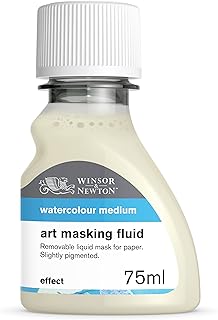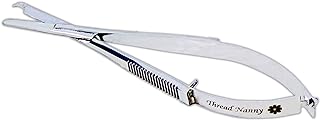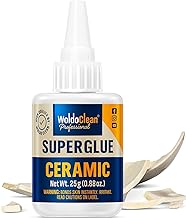5 important factors worth considering when looking for the best masking fluids
When it comes to choosing the right masking fluid for your art projects, it can be overwhelming with so many options available. Whether you’re working with watercolors or mixed media, the type of masking fluid you use is important for creating detailed and colorful designs. Factors like what the fluid is made of, how it’s applied, how long it takes to dry, how easy it is to remove, and if it works with different surfaces are all important to consider. Finding the right balance between quality and practicality is key in creating your artwork.
See our guide to the best masking fluids.
Brand reputation and reviews
When buying masking fluids, it’s important to consider the reputation of the brand and read reviews to help you make the right choice. A good brand reputation means trust, quality, and reliability, which are important when choosing a product that affects your art. Choosing a well-known brand that is consistent and innovative can ensure you get a high-quality masking fluid and access to expert advice and customer support to improve your creative process.
Reading reviews can give you insights from other artists who have used different masking fluids. These experiences can help you understand how practical, effective, and durable the product is, so you can choose the best one for your needs. Reviews can also help you avoid mistakes and discover great products you might not have known about. By considering brand reputation and reviews, you can confidently select the right masking fluid for your artistic projects, bringing your visions to life with precision and skill.
Application method (brush, pen, applicator)
When it comes to choosing masking fluids for your art, how you apply them is important for getting the results you want. Whether you use a brush, pen, or applicator can affect how precise and in control you are with the fluid. Using a fine-tip brush lets you do detailed work and keep delicate lines. But a pen or applicator gives you a more methodical approach, good for covering larger areas efficiently.
Even though personal preference matters, it’s important to think about what your project needs. Trying out different ways to apply the fluid can help you discover new techniques that make your art better. Whether you like using a brush because it’s flexible, a pen because it’s easy, or an applicator because it’s efficient, the important thing is to find a method that fits your style and helps you express yourself.
Drying time
When you’re buying masking fluids for your art projects, it’s important to consider how quickly they dry. Getting a masking fluid that dries fast can help you work more efficiently without waiting too long. But if it dries too fast, it can cause problems like clogging the tip or not giving you enough time to apply it precisely.
You need to find a balance between drying time and usability. The masking fluid should dry efficiently but still give you the flexibility to add detailed touches. A moderate drying time can improve your workflow and help you create clean, sharp lines and precise effects. By testing out different masking fluids and techniques, you can use drying time to take your art to the next level.
Residue after removal
When you buy masking fluids for your art projects, it can be frustrating when there is leftover residue after you take it off. This residue can make your artwork look messy and require extra time and effort to fix. It sticks stubbornly to the paper and makes it hard to create smooth lines. Having to deal with residue not only slows down your creative flow but also shows that the product is not very good quality and doesn’t respect your hard work.
Choosing high-quality masking fluids is important to avoid leftover residue. A good masking fluid sticks well to where you put it and comes off easily, leaving your paper clean for more art. Without residue, you can focus on your art without having to constantly fix mistakes. Spending more on quality masking fluids is like investing in your art, making sure your final piece is perfect and not ruined by leftover residue.
Compatibility with different mediums (watercolor, acrylic, etc.)
Choosing the right masking fluid for your art is important because different mediums need different qualities. For example, watercolor needs a masking fluid that won’t harm the paper, while acrylic needs one that can handle layering and blending. It’s crucial to pick a product that fits well with your chosen medium.
The type of masking fluid you use can really impact your artwork. Specialized products can help you create sharp lines, intricate details, and easy clean-up. Investing in high-quality masking fluids that work well with your medium allows you to be creative without limits, bringing your artistic vision to life with skill and accuracy.
Conclusion
In a world of limitless creativity, masking fluids are like secret weapons for artists. They help reveal beautiful artworks with precision and skill. By using masking, artists can make vivid watercolor paintings, intricate designs, and interesting textures that bring their ideas to life.
When the brush glides over the paper and shows a mix of colors, it’s amazing to see how these simple masking fluids can transform a piece of art. Embracing these tools in art opens up endless possibilities. Each stroke holds the promise of a special surprise, just waiting to be uncovered.
With masking fluids, artists can explore a world where boundaries disappear and imagination runs free. They can create a unique artistic vision that goes beyond limits and into a new realm of expression. Want more info on wearable thermometers, check the best wearable thermometers.


